Do new energy vehicles depreciate quickly? Recently, the Australian automotive industry has been in an uproar – in the used car market, electric vehicles are experiencing a price drop comparable to the “diving championship”.
According to the latest report from the Australian Automobile Dealers Association (AADA), the value of an electric vehicle that has just turned one year old can evaporate by 25% like ice cream under the scorching sun in summer. This is much more severe than the 11.5% depreciation rate of traditional fuel vehicles. Even the most depreciating smartphones have to shout “big brother” when they see it.
If you are considering buying an electric car, then you have to digest this news carefully. After all, we don’t want to “run all the way” on the road of car depreciation.
01 The man behind the evaporation of the value of electric vehicles
1. The big price drop
Everyone knows that the technology of electric vehicles is changing with each passing day, and the progress in batteries, battery life, charging speed, etc. is simply changing with each passing day. Last year, you may have thought that a certain electric car had a good battery life, but this year, the new generation of electric vehicles may easily surpass it, and even be affordable in price.
For example, the “meat-cutting competition” of car companies in 2023 can be called the “Double Eleven Carnival” in the electric vehicle industry. Major brands have taken the price war to a new level:
- MG4 has dropped from 40,000 Australian dollars to 10,000 Australian dollars, and now it can be driven home for 30,000;- Tesla Model 3 has reduced its price 7 times in a year, and the official website price is like a slide;- Peugeot, Nissan, Ford and other old car companies have joined the “meat-cutting club”.
When these big car companies began to cut prices significantly, electric cars in the used car market became “discounted goods”. The price was cheap, and the depreciation rate naturally accelerated.
2. There are more and more “competitors” in the market
Now, the streets of Australia seem to be staging a “red storm”: Geely, Chery, Xiaopeng, Leapmotor and more than a dozen Chinese brands have entered the market with price butchers and the latest technology.
Their strategy is simple and crude:
- The price of electric vehicles of the same level is 20% cheaper than that of Japanese and Korean models- Standard equipped with “black technologies” such as laser radar and rotating large screen- The battery life is directly comparable to Tesla, and the charging speed is comparable to that of mobile phone fast charging
It’s like ten fresh supermarkets suddenly pouring into the vegetable market, directly forcing traditional car dealers into a corner. Second-hand car dealers look at the “outdated Internet celebrity” models in the warehouse and can only cut prices with tears.
For example, Toyota’s bZ4X, Porsche’s new generation Macan and Hyundai’s Ioniq 5 N were all launched in 2024. The release of these new models has also caused the prices of old electric vehicles in the second-hand market to fall all the way.
3. Fast technology iteration and update
In addition to price factors, technological progress is also a very important reason for the rapid depreciation of electric vehicles. The technological update of electric vehicles is really too fast.
Every year, new battery technology, intelligent driving systems, and other new features are constantly launched, and the “outdated sense” of electric vehicles is becoming stronger and stronger.
Last year, we might have been excited about a certain electric car’s 300-kilometer range, but today, 400-kilometer or even 500-kilometer ranges have become the norm. Moreover, with the development of battery technology, the new generation of electric vehicles not only have longer ranges, but also charge faster and faster.
In the past, it took several hours to charge an electric car, but now many new models can be charged to 80% in just 30 minutes. This means that consumers have more new options when choosing electric cars, but also means that some old models will be quickly eliminated by the market, causing their value in the second-hand market to drop sharply.
In addition, with the advancement of technology, new electric cars have also brought many new features such as “vehicle-to-vehicle power supply (V2L)” and “vehicle-to-grid (V2G)”. In other words, electric cars can not only charge yourself, but also other electric cars and even some devices at home.
Such new features make some older electric cars look “outdated”, further depressing their second-hand market value.
This update speed directly turns the “flagship model” from a year ago into an “antique machine” in seconds. Just like you just bought an iPhone 15, and then you turned around and found that the 16 is on the way – it would be strange if the second-hand price did not fall.
02 The “counterattack” of hybrid and diesel cars
However, not all cars depreciate as quickly as electric cars. While electric cars are struggling in the quagmire of depreciation, hybrid and diesel cars have quietly ascended to the altar of value retention.
According to the AADA report, the depreciation rate of hybrid cars in 12 months is only 1.7%. This figure is obviously much milder than the 25% of electric cars.
Diesel cars also performed well, with a depreciation rate of only 5% in 12 months. In contrast, the depreciation rate of electric cars is simply “flying”.

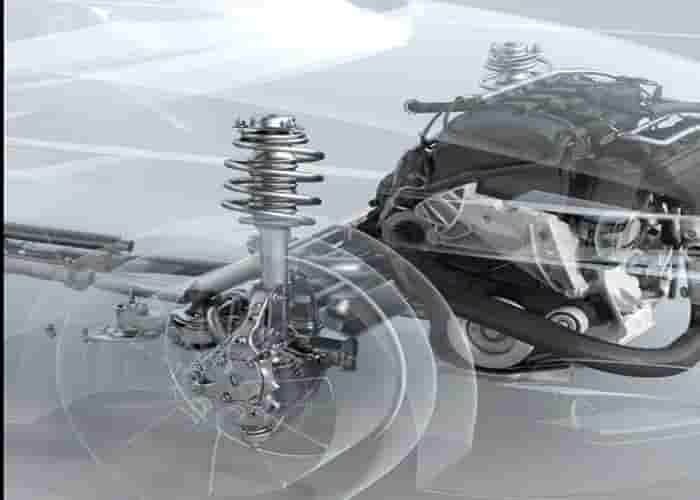

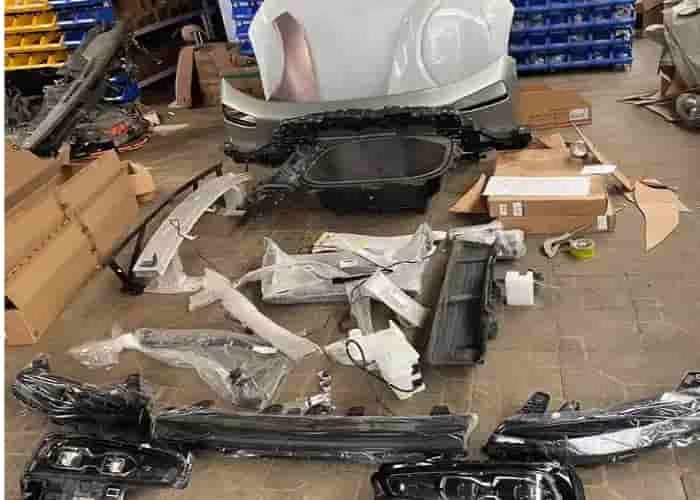

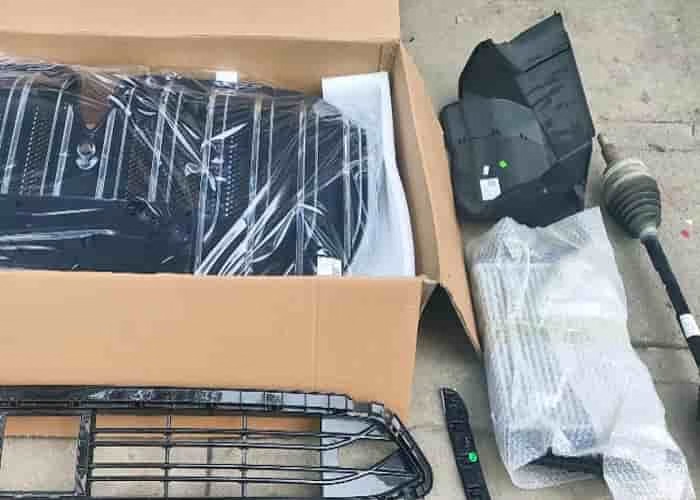
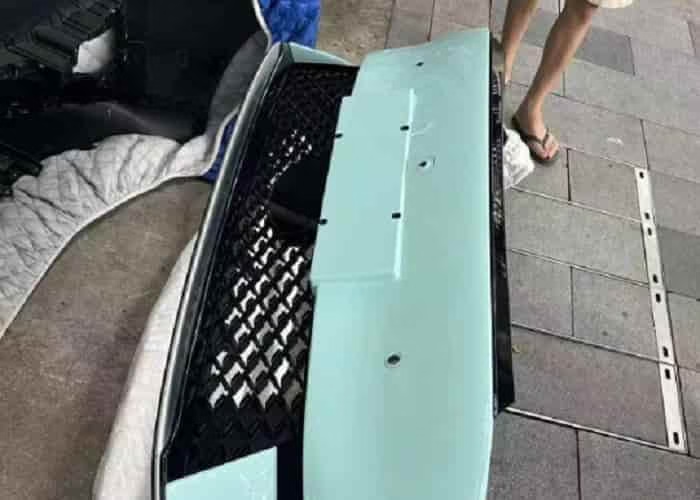
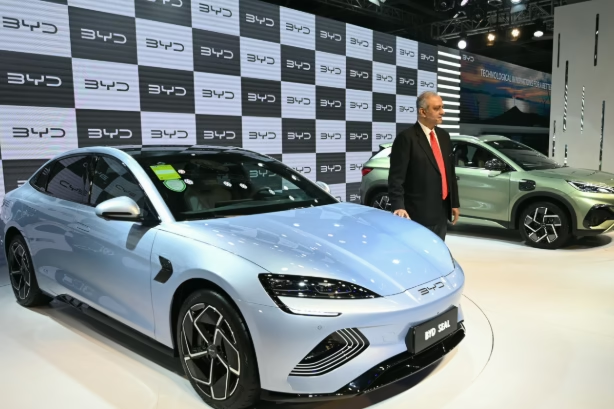
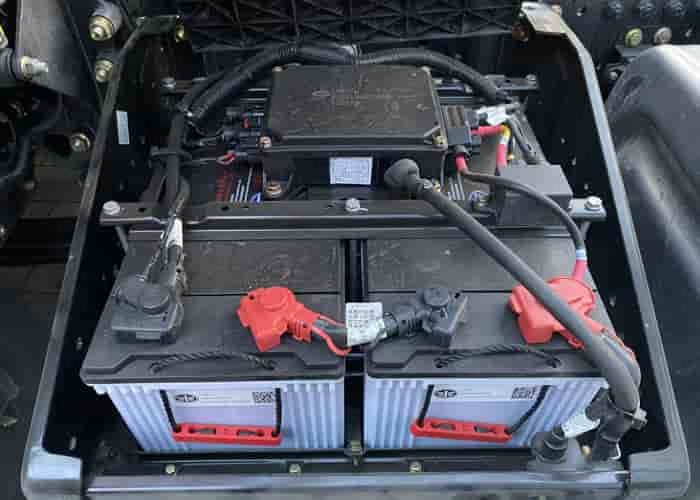






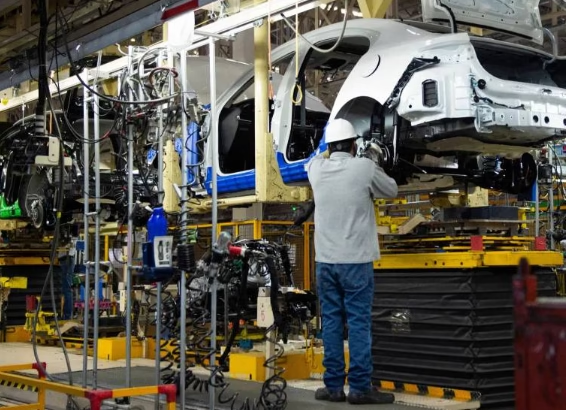
Leave a Reply